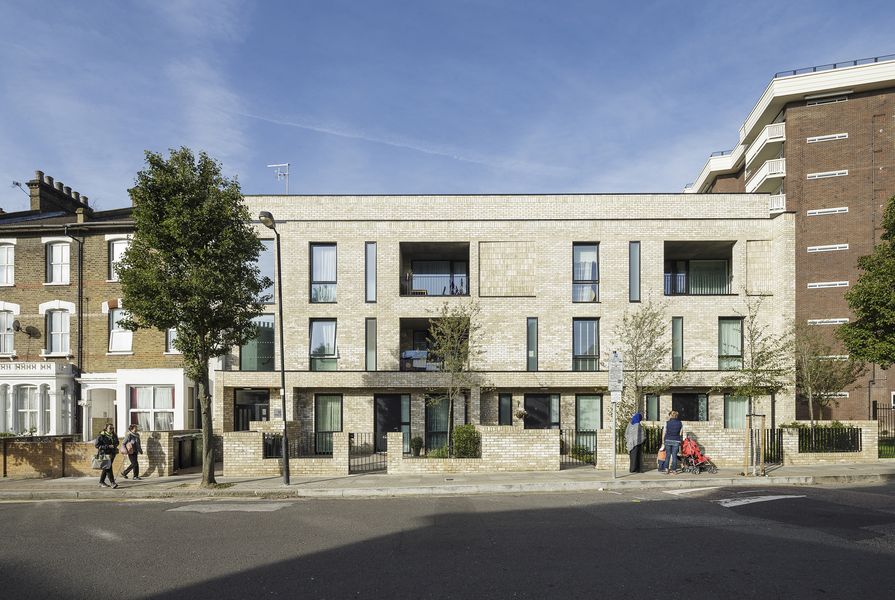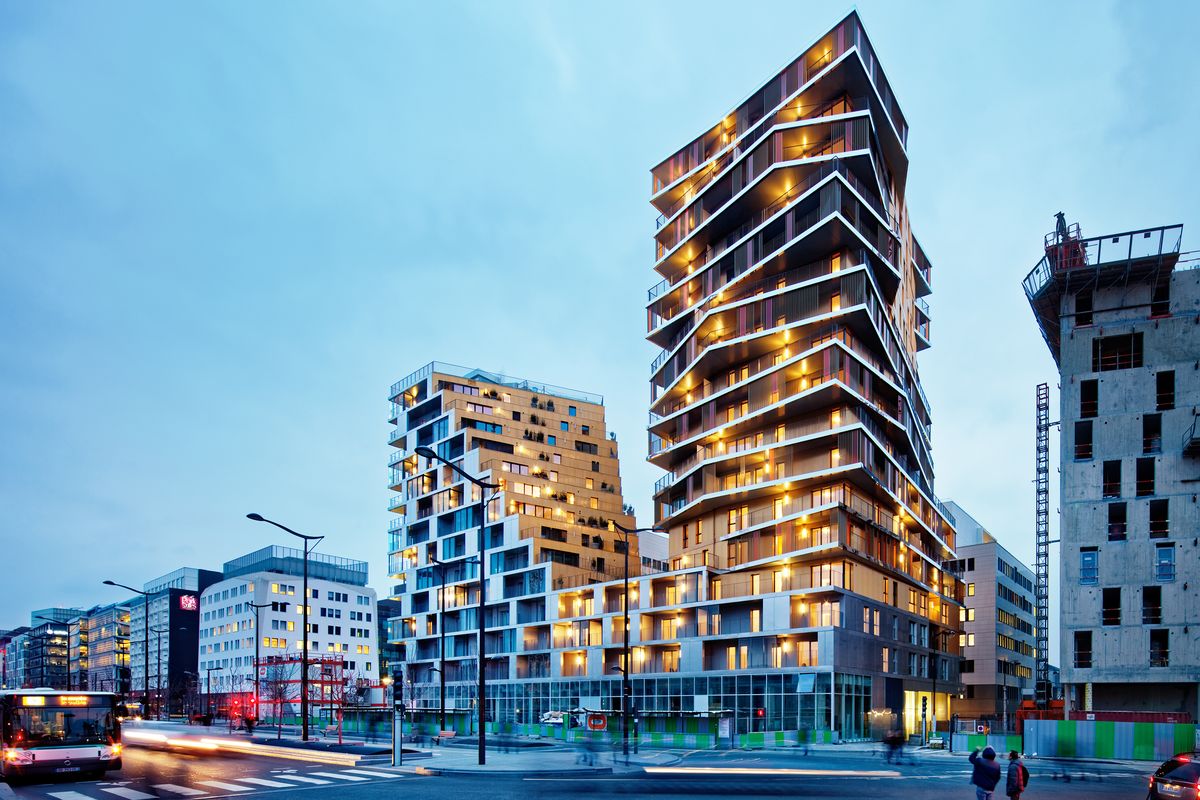As urban populations swell and land becomes increasingly scarce, the pressure on housing has reached a critical point. Architects and urban planners must grapple with an increasingly complex set of demands in order to deliver housing models that offer financial, social and environmental sustainability. Architecture Media’s Housing Futures forum – which takes place in Sydney on Friday 22 July – will examine different scales, locations and typologies of housing. This one-day event brings together international and Australian speakers in order to investigate new trajectories in residential architecture.
Jo McCafferty, a director at London-based architecture firm Levitt Bernstein, will discuss how, in the face of increasing density and land scarcity, an “every millimetre matters” philosophy is critical in delivering successful housing models. McCafferty’s expertise in housing has seen her champion innovative, imaginative design solutions in the face of a housing crisis in London. McCafferty will present projects including Vaudeville Court, a council-led scheme for social housing that can be replicated in different configurations, making it an adaptable and feasible model for infill housing across inner London. The project adopts a similar scale to that of the surrounding terraces, but at a greater density, and features private and communal gardens designed to encourage productive landscapes. She will also explore one model for multigenerational housing, Buccleuch House, which proposes three tenure types for three distinct user groups: elderly residents, affordable rental/shared ownership apartments for a local Orthodox Jewish community, and private sale apartments.
In her keynote address, McCafferty will additionally trace the progression of housing models across Europe since the middle of the twentieth century, looking in particular at larger housing schemes from the 1960s and 70s and highlighting innovative examples that have led the way in delivering shared social zones within buildings and neighbourhoods.
The increasing urgency for new, better models of aged-care housing that avoid isolating older generations will be investigated by Stephen Pimbley. For Pimbley, founding director of Singapore-based architecture practice Spark Architects, one alternative combines multigenerational living with modest commercial farming.
Spurred on by research that showed that the elderly in Singapore were often living with family, and separate research that revealed an increasing reliance on imported food, Pimbley developed the concept for Home Farm. In this speculative housing model, he proposes that retirement living can be intertwined with commercial farming, enabling residents to remain engaged with the community and allowing them to generate a small income. A variety of housing types – from apartments to four-bed houses – caters to the different needs of elderly residents and their families, and on-site care offers the elderly a less sterile and more connected alternative to nursing homes.
An ongoing housing affordability crisis coupled with amendments to planning regulations has also given rise to multigenerational living in Australia. Australian architect Kerry Clare, director of Clare Design, will discuss the critical intersection between housing solutions and government policy – from granny flats and dual occupancy living to transport-oriented developments that build viable communities through the design of streets, landscape, heritage reuse, retail and residential. Clare will also reflect on her involvement with design advisory panels for the City of Sydney, Randwick Council and Waverley Council.
French architect Jean-Christophe Masson, founding director of Hamonic + Masson & Associés, believes that high-quality spaces invite high-quality use – and that this is true in social housing as well as in private housing. In Paris, a densely populated city that is reluctant to embrace height, the practice has designed Home – the first residential project to reach a height of 50 metres since the 1970s. This project combines social housing with private housing, and provides multiple outdoor spaces and several residential typologies to counter unease about the idea of a uniform, vertical city. The practice’s scheme for Villiot-Rapée challenges conventions of social housing and explores how collective housing might also feel individual. The traditional house and garden is reinterpreted as a level within the tower, with loggia-like balconies that encircle each floor replacing the garden.
In addition to the four keynote presentations, the program includes three case studies examining different housing typologies. Suzanne Benn, Professor of Sustainable Enterprise at the University of Technology, Sydney, will discuss multigenerational housing, Architecture Workshop principal Christopher Kelly will share insights into suburban housing, and Jackson Clements Burrows director Graham Burrows will investigate student housing.
Housing Futures is part of Architecture Media’s Design Speaks program. Visit www.designspeaks.com.au for more information, and click here to purchase tickets.
Housing Futures is supported by major partners Architectural Window Systems and Blum, supporting partners Karndean Design Flooring, Knauf and PGH Bricks & Pavers, and Design Speaks Symposia 2016 presenting partner Taubmans.

























